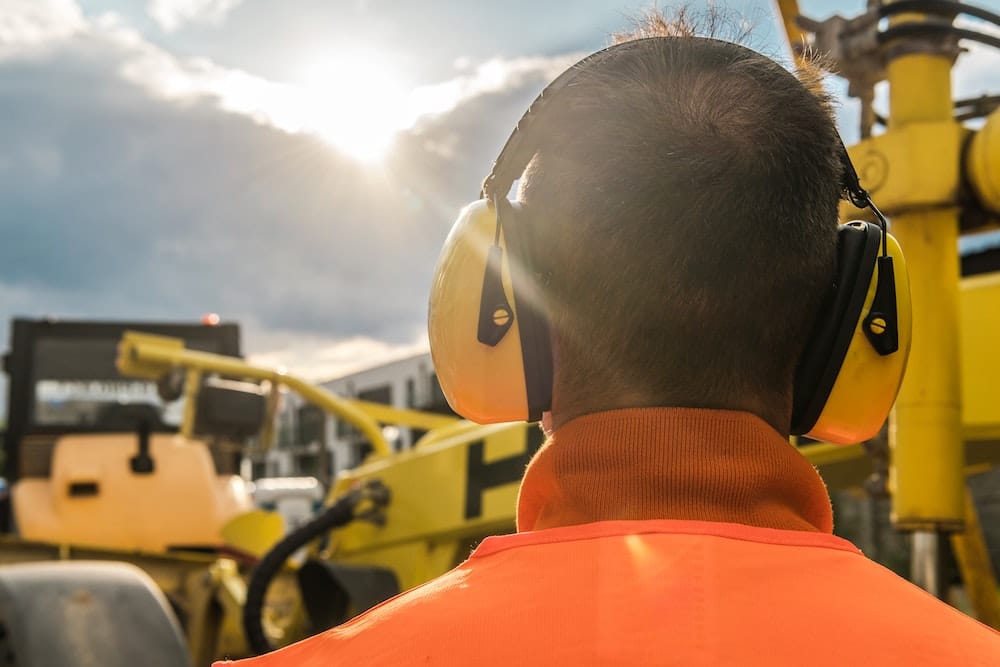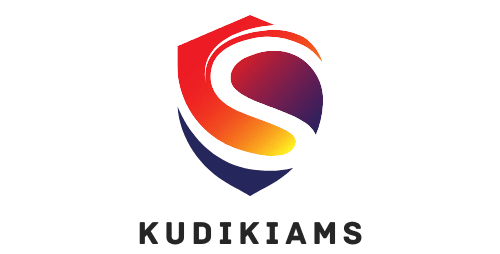Can Mindfulness-Based Art Therapy Reduce Symptoms of PTSD in Combat Veterans?

Post-Traumatic Stress Disorder (PTSD) is a prevalent health issue among veterans, often leading to severe stress and trauma. With its roots in the horrifying experiences of the battlefield, this disorder can have a long-term impact on the mental health of ex-servicemen. As such, an effective, empathetic, and comprehensive treatment approach is required to address this issue. Over recent years, one therapy has gained attention within the medical community for its efficacy in treating PTSD – mindfulness-based art therapy. This article delves into the study around this therapy, looking at how it works and its potential benefits for combat veterans.
The Intricacies of PTSD among Veterans
PTSD is not just another disorder; it’s a manifestation of memories that veterans often find difficult to erase. It’s a constant battle within, as the scars of the past continue to influence the present and future. PTSD includes symptoms like reliving the traumatic event, avoidance behavior, negative changes in beliefs and feelings, and hyperarousal. These symptoms can significantly impact a person’s daily life, causing distress and functional impairment. PTSD is a major public health concern, especially among veterans who have experienced combat.
Cela peut vous intéresser : Discover your true self with the personality spectrum test
Many therapeutic approaches have been tried and tested over the years, including cognitive behavioral therapy, exposure therapy, and more. However, not all treatments have been effective for all patients, and some come with side effects. Hence, the search for an effective, individualized treatment approach continues, with mindfulness-based art therapy emerging as a promising contender.
Mindfulness-Based Art Therapy (MBAT): A Blend of Mindfulness and Creativity
Mindfulness-based art therapy is an innovative approach that combines the practice of mindfulness with the creative process of art therapy. This therapy encourages veterans to focus on the present moment and express their emotions through art. The goal is to help them pay attention to their thoughts, feelings, and experiences without judgment, thereby reducing their stress and improving their mental health.
Dans le meme genre : What Are the Health Benefits of Cold Water Swimming for Immune System Functioning?
The concept of mindfulness is based on a Buddhist philosophy that encourages being aware of one’s thoughts and feelings in the present moment. The idea is to develop a non-judgmental awareness of experiences. Art therapy, on the other hand, is a form of expressive therapy that uses art as a medium of communication. It allows people to express and understand emotions through artistic expression and creative process. When combined, the two practices offer a holistic approach to mental health therapy.
Evaluating the Efficacy of MBAT: Scholarly Studies and Research
Several studies on mindfulness-based art therapy have demonstrated its potential in reducing symptoms of PTSD in veterans. A study published on Crossref states that MBAT has been found to reduce symptoms of PTSD, depression, and anxiety in veterans. Another study available on PubMed confirms these findings, suggesting that MBAT can significantly decrease the symptoms of PTSD and improve overall health.
A similar study available on Google Scholar adds to this evidence, showing that eight weeks of MBAT resulted in a significant decrease in symptoms of PTSD, anxiety, depression, and improved overall well-being in combat veterans. Furthermore, this study suggested that the effects of MBAT were sustained over a three-month follow-up period.
Implementing MBAT in Group Settings: A Community-Based Approach
Many health providers have started implementing mindfulness-based art therapy in group settings. This approach not only provides an opportunity for veterans to share their experiences and learn from each other but also helps create a supportive community for those struggling with PTSD.
Group therapy settings also allow veterans to see that they are not alone in their struggles, providing a sense of comfort and understanding. This sense of community can be instrumental in the healing process, as veterans realise they are not alone in their experiences.
The Journey Towards Recovery: Overcoming the Trauma
Choosing the right therapy is only the first step in the journey towards recovery. It requires consistent effort, patience, and determination from both the patient and the therapist. While mindfulness-based art therapy has shown promising results, it’s essential to remember that recovery isn’t linear. There may be setbacks and challenges along the way.
Despite the challenges, it’s important not to lose hope. Remember, each journey is unique and what works for one might not work for another. Therefore, it is crucial to keep an open mind about various treatment options. In the end, the goal is not just to treat PTSD symptoms, but to improve the overall quality of life for veterans and help them lead a fulfilling, healthy life post-service.
While research into mindfulness-based art therapy and its impact on PTSD in veterans continues, the initial findings are promising. By integrating mindfulness and art therapy, this approach provides a holistic, engaging, and potentially effective treatment option for those suffering from PTSD.
Benefits and Limitations of MBAT: A Comprehensive Overview
It is crucial to examine both the benefits and possible limitations of mindfulness-based art therapy (MBAT) to gain a complete understanding of its potential as a treatment for PTSD in combat veterans.
Firstly, the benefits. MBAT has been associated with a significant reduction in PTSD symptoms, according to various scholarly studies available on platforms like Google Scholar and PubMed. This therapy can lead to marked improvements in depression, anxiety, and overall mental health, as demonstrated in several randomized controlled trials. It offers a safe space for veterans to express their emotions creatively and gain self-awareness, which can be incredibly therapeutic. By allowing them to live in the present, mindfulness-based interventions can help veterans escape the painful cycle of traumatic memories.
Moreover, MBAT also encourages stress reduction and better emotional regulation. It has even proved beneficial in cases of brain injury, as per a pilot study conducted recently. Overall, MBAT seems to offer a holistic therapeutic approach, encompassing stress disorder management, mindfulness training, trauma-focused healing, and creative expression.
However, as with any treatment, MBAT has its limitations. Firstly, it might not appeal to everyone. Some individuals might not feel comfortable expressing themselves through art or might find the practice of mindfulness challenging. Secondly, while MBAT has shown significant results, these findings are preliminary. More research, including a more extensive controlled trial, is needed for a more definitive understanding.
In conclusion, while MBAT is not a one-size-fits-all solution, it certainly provides a valuable tool in the arsenal of treatments for combat veterans with PTSD.
Conclusion: The Future of PTSD Treatment for Veterans
In conclusion, PTSD in combat veterans remains a significant posttraumatic stress disorder that requires effective, comprehensive, and empathetic treatment. While traditional therapies have their place, innovative treatment options like mindfulness-based art therapy offer new hope.
MBAT combines the stress reduction benefits of mindfulness with the therapeutic power of art to provide a well-rounded approach to mental health treatment. It has shown promising results in reducing the PTSD symptoms and improving the overall wellbeing of veterans. This therapy allows veterans to express their emotions creatively, making it a potentially effective and engaging treatment option.
However, as every individual’s experience with PTSD is unique, it’s essential to consider a personalized treatment approach. It’s also worth acknowledging that while MBAT has shown positive results in its preliminary studies, more research is needed to fully understand its long-term effects and overall efficacy.
The future of PTSD treatment for veterans seems brighter with the advent of therapies like MBAT. It represents a significant step in the direction of understanding and effectively treating PTSD among combat veterans. With continued research and clinical trials, this innovative treatment could indeed become a mainstream therapy for PTSD, helping countless veterans reclaim their lives from the clutches of this debilitating disorder. Despite the journey being challenging, remember: progress, not perfection, is the ultimate goal.
